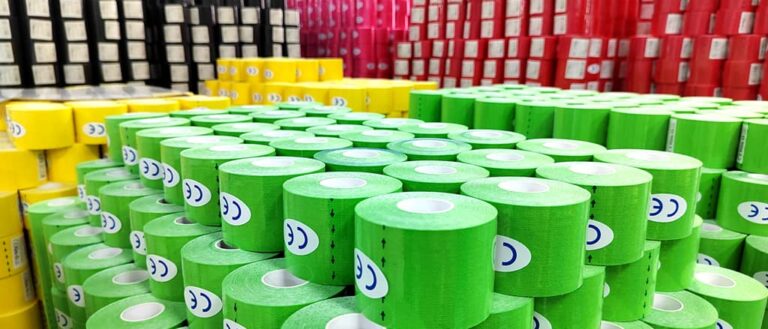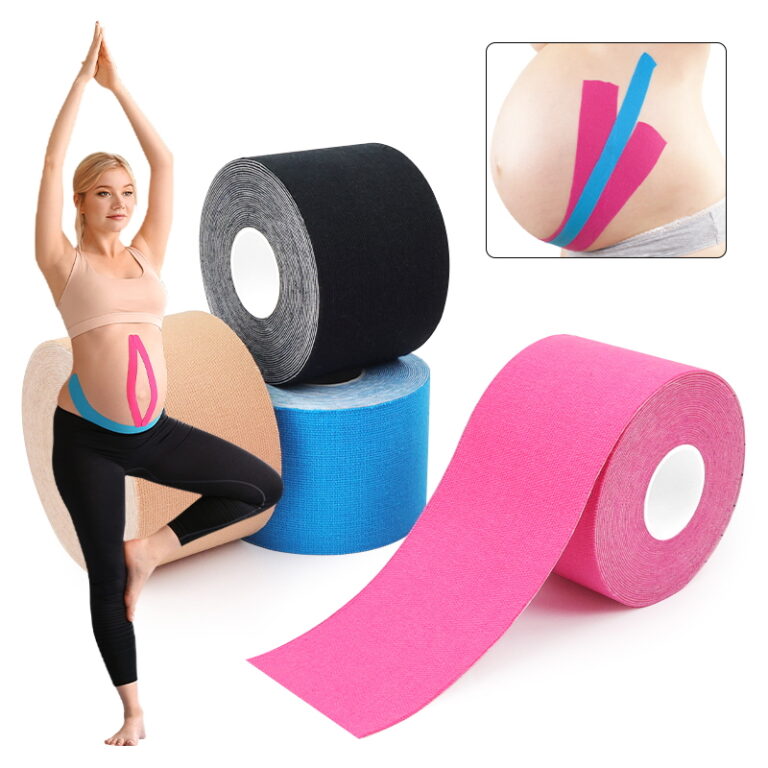What is a self-adhesive bandage?
Self-adhesive bandages are self-adhering sports wraps that stick well to the skin but not the hair. It is commonly used to provide compression, support, and wound dressing. The bandage wrap is self-adhesive and made of non-woven fabric and elastic fiber. The unique weaving method gives the surface an uneven texture and feel. However, because of this texture, the self-adhesive bandage wrap can be stretched to twice its unstretched length, allowing for maximum stretch, which can be a big help when choosing the level of compression needed for your situation. Its colors are also different. For example, black, blue, pink, white, etc., are commonly seen on the market.
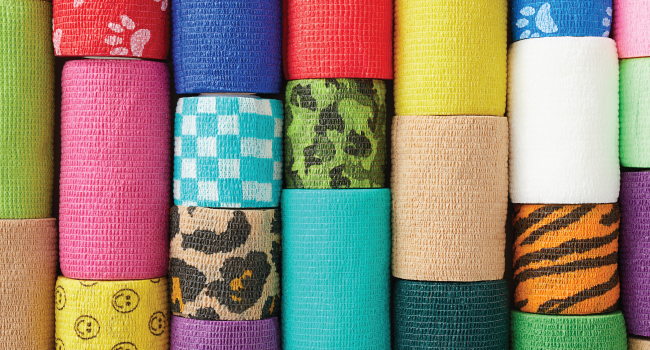
Features of self-adhesive bandages
Self-adhesive
Self-adhesive bandages can only stick to themselves, not to your hair.
High elasticity
The elasticity can be adjusted freely to suit the required situation.
Latex options
Self-adhesive bandage wrap Choose from latex or latex-free, guaranteed safe and hypoallergenic.
Soft
Self-adhesive bandage wrap made of non-woven fabric + spandex material, comfortable and skin-friendly.
Easy to tear
Unique fabric design can be pulled directly by hand; no scissors are required.
What can self-adhesive bandages be used for?
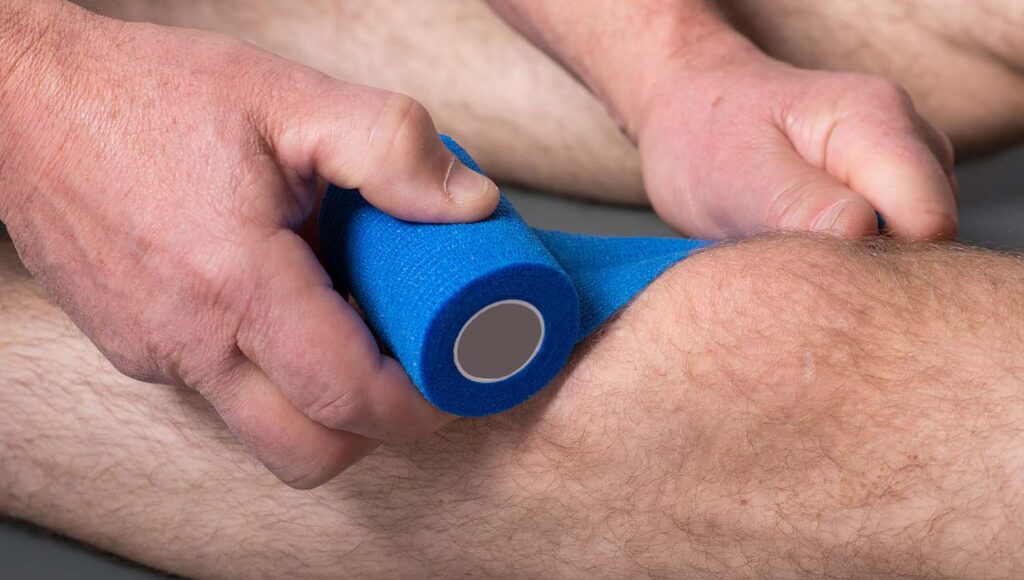
Wrapping a sprained joint
Use self-adhesive bandages around sprained joints, such as ankles, knees, or wrists, to keep the sprained joint supported and stable while promoting recovery from sprains, tendons, and ligaments since the self-adhering sports wraps are soft, porous, and breathable. It also won’t shrink excessively, allowing it to be worn comfortably for extended periods.
Sports protection
Bandage wrap self-adhesive are trendy in football due to their high flexibility in use scenarios and have become an excellent alternative to PVC sock tape. Cohesive bandage wrap supports the socks and shin guards, providing extra protection for the goalkeeper’s hands, fingers, and wrists.
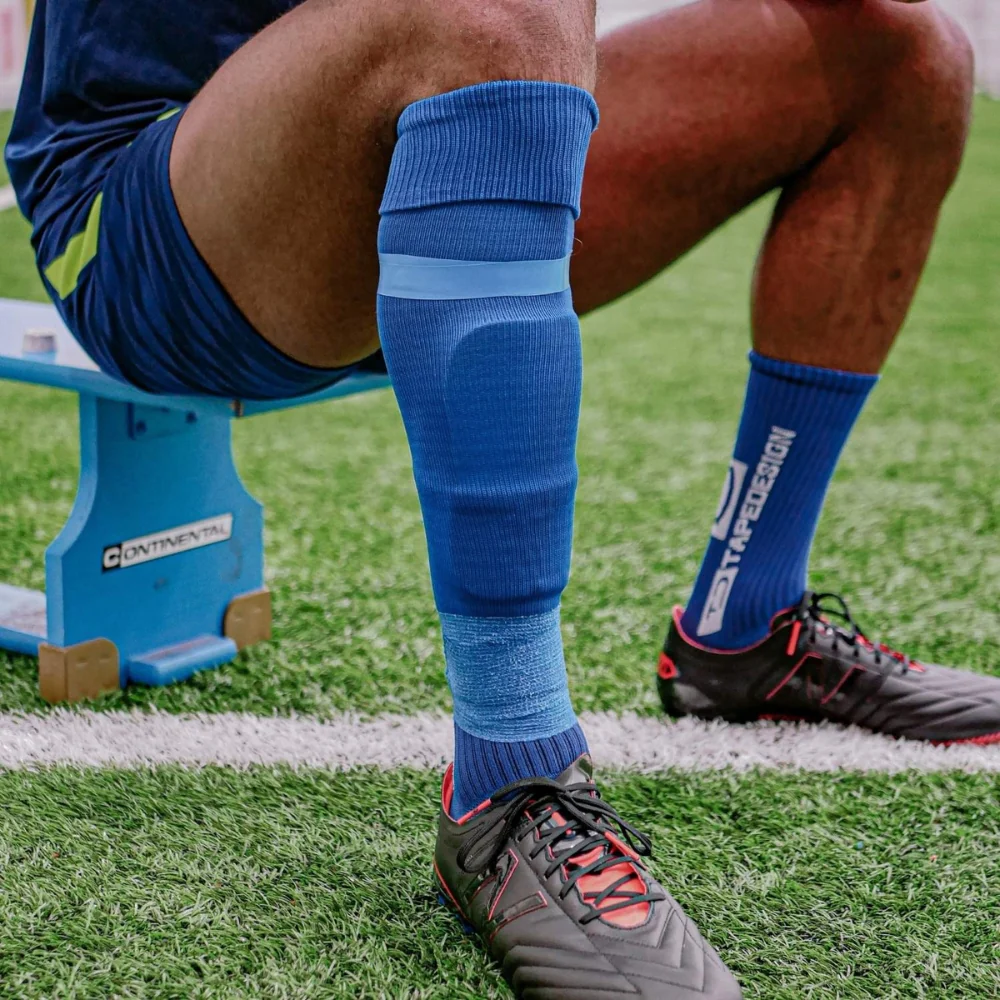

Secure dressings
Self-adhesive bandages can also secure wound dressings. Wrap the dressing lightly around the injured area for support and immobilization. If the self-adhering sports wrap accidentally falls off due to external force, it can be reattached if not contaminated with blood, pus, or other body fluids. It is important to note that self-adhesive bandages are not sterile and should not be applied directly to open wounds.
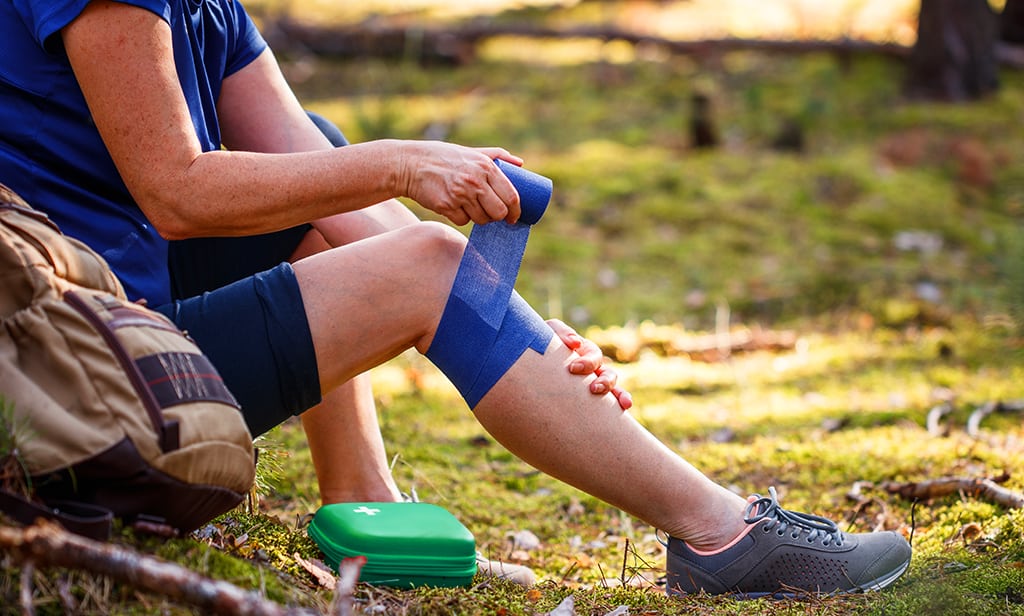
Wrap pet wound dressing
Because self-adhesive pet bandages don’t stick to hair, they’re ideal for wrapping animals. In fact, adhesive bandages are sometimes called “self-adhesive vet wrap.” Veterinarians use adhesive bandages on injured animals, such as dogs and cats, to protect and provide support to aid healing.
Self-adhesive vet wrap is also commonly used to wrap horses’ legs to protect them from impacts.
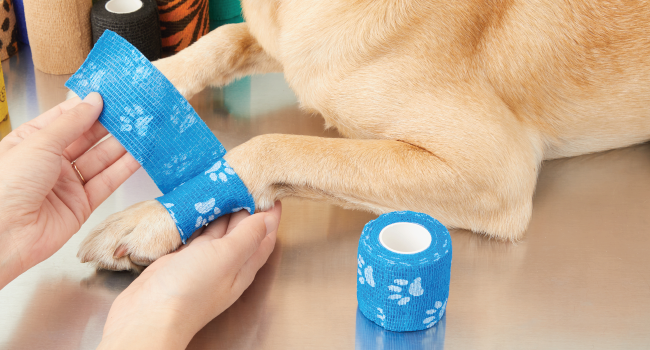
Prevents finger calluses
Wrap the Cohesive bandage finger around your fingers to protect sore-prone fingers, reduce friction with the pen, and prevent calluses.
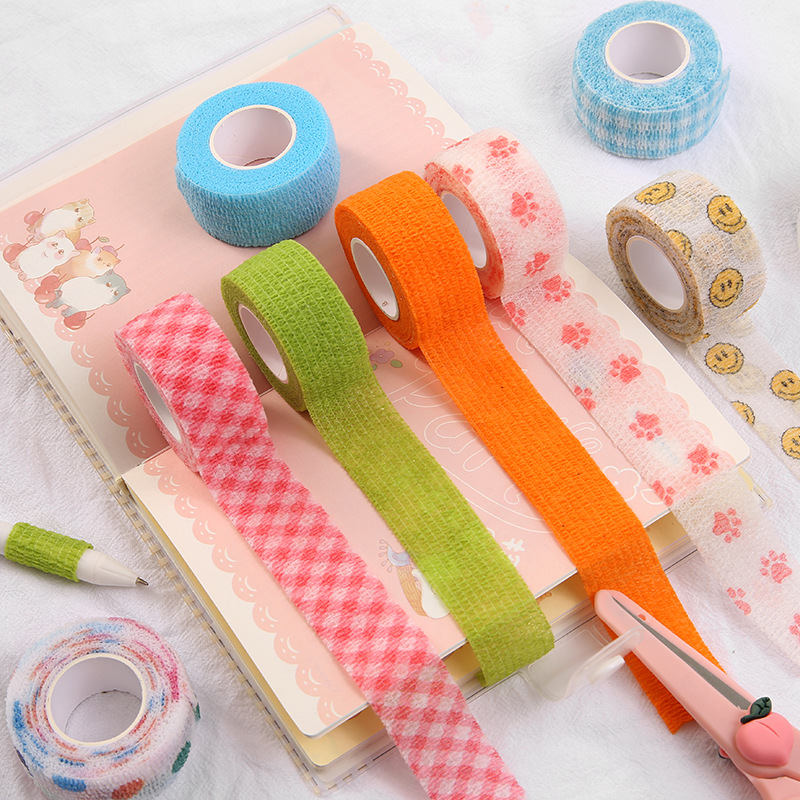
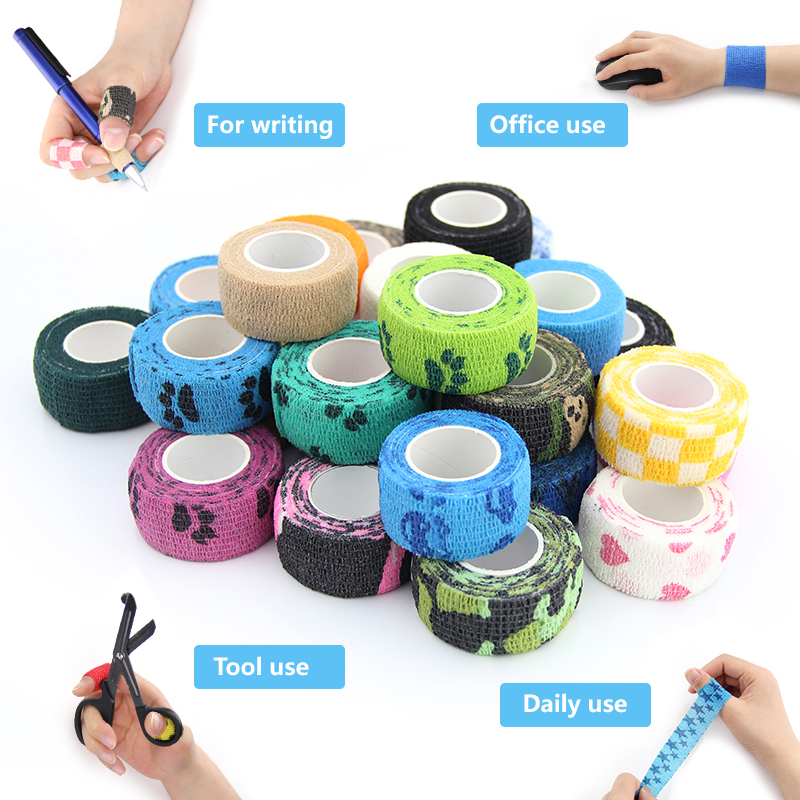
Shape plant growth direction
What we know about self-adhesive bandages is that they can be wrapped around objects, but they can also be used to wrap around branches, eliminating the need for complicated fixing with ropes. Cohesive bandage wrap can also achieve good results and help plants grow upward correctly.
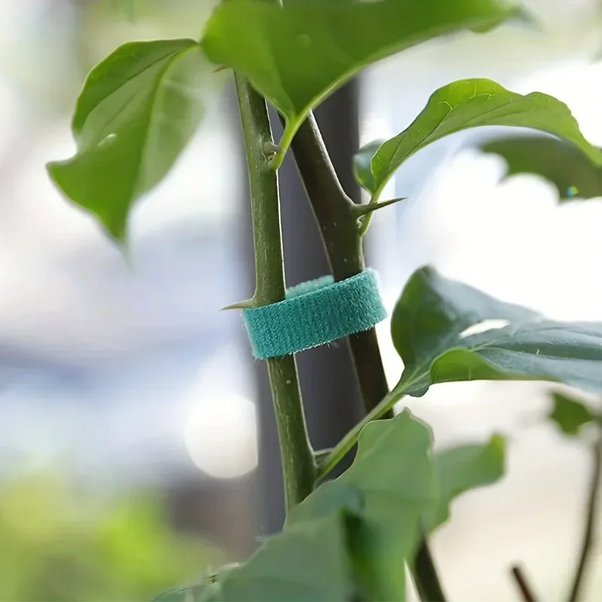
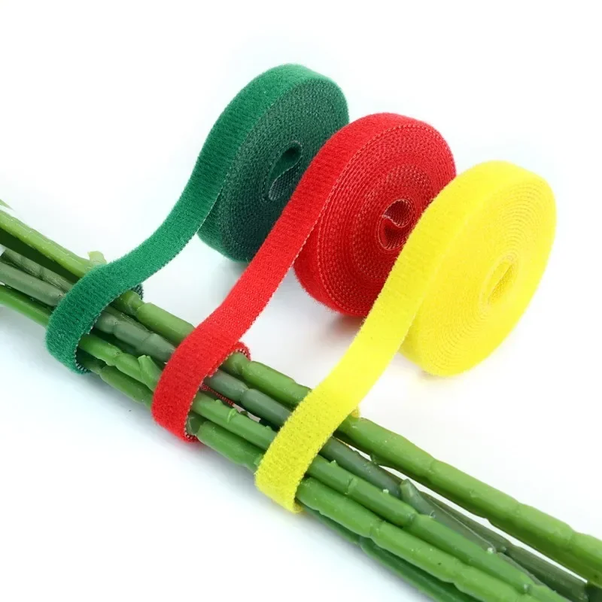
Help fix
Fix bandages when reducing swelling of wounds, fix hand guards when infants and young children receive infusions, fix auxiliary materials when bandaging wounds, fix pet water bottles on cages, etc.
The above example is just a summary. Self-adhering sports wraps can be used in many places in our lives. If you want to know more, please get in touch with WEMADE.
A summary of self-adhesive bandage issues
What is the difference between a Self-adhesive bandage and an adhesive bandage?
There is a difference between self-adhesive bandages and adhesive bandages.
Self-adhesive bandage
It is a bandage that can stick to itself. There is no obvious trace of glue, but it is self-adhesive. Mainly used as a dressing to fix more extensive wounds
Adhesive bandage
Generally, it refers to a band-aid with a small auxiliary material. There is glue on one side, and the auxiliary material can directly contact the wound. Generally used for more minor wounds. Therefore, self-adhesive bandage wrap often helps wrap larger wound dressings and is an immobilizing support. As long as the bandage is not contaminated, it can be wrapped over the wound dressing repeatedly. Band-Aids are disposable and are used to bandage and treat minor wounds.
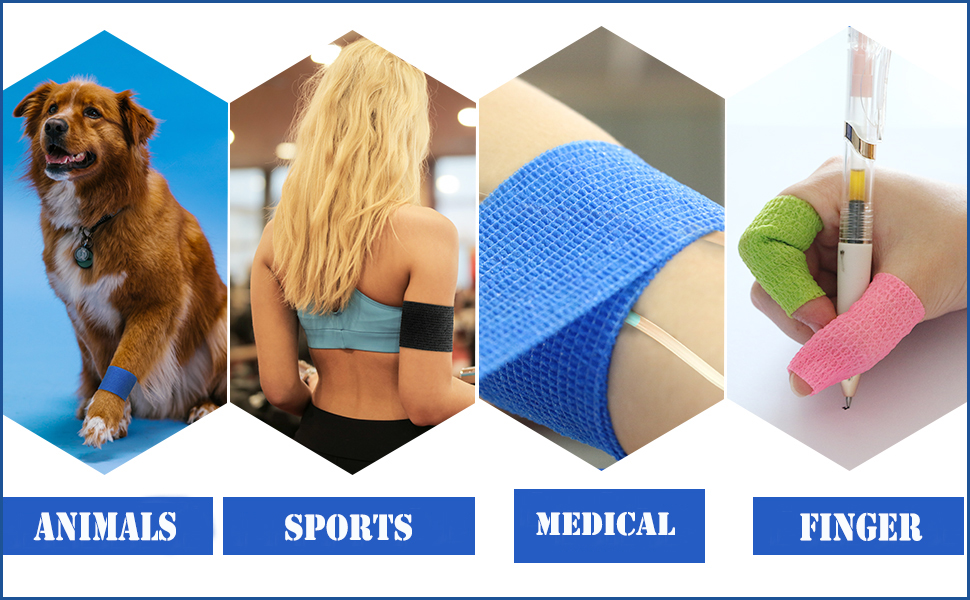
How long do self-adhesive bandages last?
The lifespan of a self-adhering sports wrap depends on several factors:
Location on the body
Cohesive bandage wraps tend to stay on longer in areas that experience less movement, sweating, or friction. Cohesive bandage wraps on joints undergoing high-intensity exercise may remain on for a shorter period than before.
Moisture
Moisture from prolonged exposure to water or sweating may cause the bandage’s adhesive to loosen.
The quality of brand adhesives
The quality of each Cohesive bandage wrap roll is uncontrollable, and there is no guarantee that every self-adhesive bandage roll will have good results. Some brands produce bandages that are more resistant to moisture and friction than ordinary ones. One of them is WEMADE, a factory specializing in the production of bandages for more than ten years. It has excellent advantages, and the quality control is also quite good.
To ensure good self-adhesive bandage results, we still recommend changing self-adhesive bandages at least every 1-3 days. It should be replaced in time to keep the skin clean even if it is still in place.
How long can you leave self-adhesive vet wrap on a dog?
We do not recommend using self-adhesive vet wrap on your pet all day or continuously. It can be removed at night while you sleep, allowing the area to rest and relax, then use it again the next day.

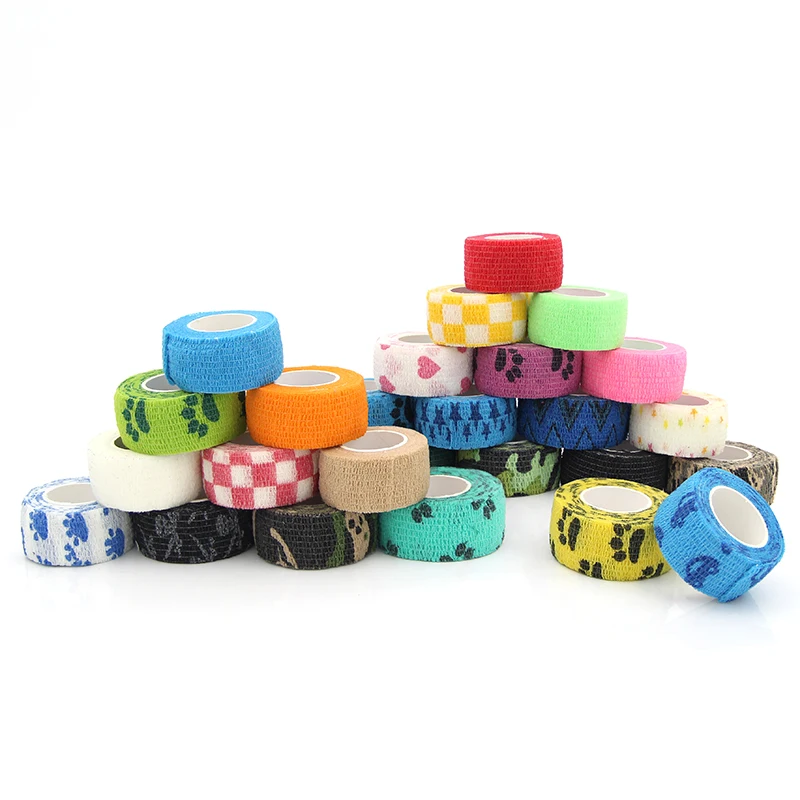
After reading this article, you should have a new understanding of self-adhesive bandage wrap. If you are facing some of the same problems as this article, trying a bandage may answer your immediate needs.

